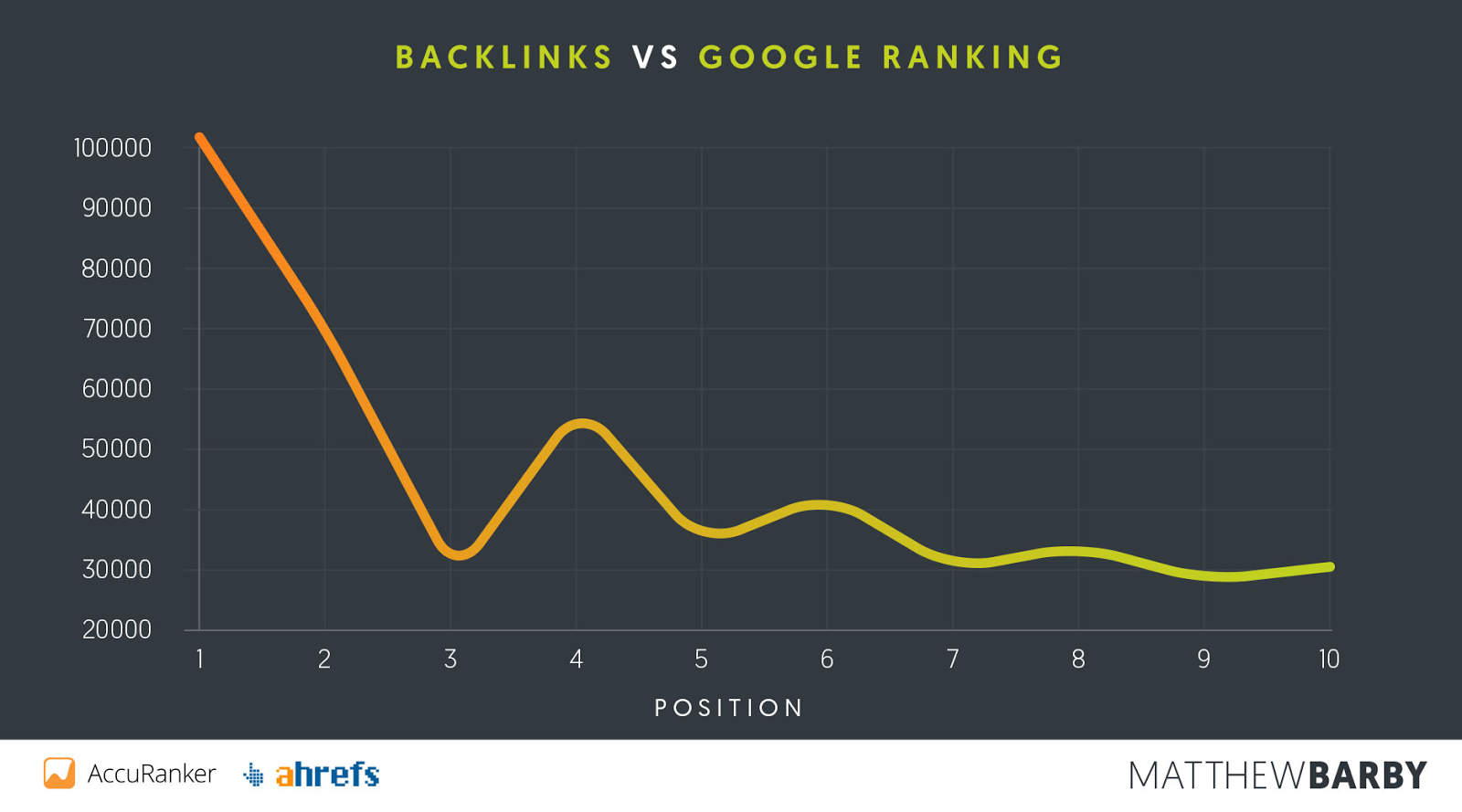All Categories
Featured
Table of Contents
- – Is It Worth Paying For Seo With Semantic Search?
- – What Is The Most Trusted Semantic Seo Ranking ...
- – The Leading Schema Markup For Semantic Seo?
- – Who Makes The Leading Optimizing For Semantic...
- – Who Is The Most Reliable Seo With Semantic S...
- – Who Is The Most Trusted Semantic Seo
- – What Is The Most Reputable Nlp For Semantic ...
The internet is transforming, becoming increasingly more semantic. SEO is likewise changing and coming to be extra semantic. This is due to the fact that internet search engine have actually advanced and are relocating a lot more and much more towards reading web content on the web. Certainly, that has actually also transformed the method we develop material, particularly if we want to rank better in the online search engine.
Intertwingularity is not typically acknowledged, people maintain acting they can make points deeply hierarchical, categorizable and sequential when they can't. Based on the relationships in between search purposes, the search engine chooses a content in placing by calculating the distance in between the vectors of meaning.
It allows you to see, beginning from a subject, all the entities that belong to that subject. This way you can plainly see which entities/concepts/ideas have currently been covered on your site, and you can uncover new possibilities by recognizing what web content you can include and exactly how to create it.
Is It Worth Paying For Seo With Semantic Search?
It has the ability to make your content easy to understand for search engines on the one hand and for your target market on the various other. Structuring your content design highlights your material and its hidden relationships to ensure that online search engine can recognize you amongst numerous items of details, making you much more visible to individuals that satisfy the search intent pertaining to your business.
In semantic SEO copywriting, an editor begins with a broader range of subjects and customizes the web content to consist of semantically pertinent terms and expressions that help readers understand a subject, similar to reading web content in a wiki. From a material writing perspective, one useful means to do this is to develop a vocabulary of terms and concerns bordering your target subject.
What Is The Most Trusted Semantic Seo Ranking Factors Right Now
Find out extra concerning by enjoying the by!.

Semantic search refers to the procedure of just how internet search engine understand and match key phrases to a searcher's intent in organic search results page. Prior to semantic search, search engines like Google operated like matchmakersaligning specific words in your question with those specific words on pages. The results were uncomplicated however often lacked deepness.
The Leading Schema Markup For Semantic Seo?
It enables Google to provide quick, accurate answers to browse questions concerning real-world topics. When you kind an inquiry word right into Google, you're not just getting in a sequence of words.
When you look for "Apple," Google doesn't just see a word that defines a fruit. It acknowledges Apple as a firm and can supply relevant information. It was Google's solution to the rise of voice searches, where inquiries ended up being extra conversational and nuanced.
Who Makes The Leading Optimizing For Semantic Search
By integrating NLP, Hummingbird enabled Google to relocate past mere keyword matching. It aided the search engine comprehend search intent, enhancing the odds that results would properly match the factor behind a customer's search. As the 3rd essential ranking variable after material and web links, RankBrain has improved Google's semantic search abilities to recognize the meaning of search inquiries.
RankBrain is an artificial intelligence system that assists Google translate questions it hasn't seen before. It can make guesses concerning words and expressions it does not acknowledge and filter results appropriately. Making it extra effective at managing never-before-seen search queries. RankBrain takes into consideration greater than just key words when evaluating a search query.
So it fetches outcomes that match the key phrases and align with the overall intent of offering young puppy training guidance. And if the individual regularly looks for dog-related material, Google might prioritize more in-depth training guidesrecognizing the customer's recurring passion in the subject. Integrating modern technologies like the Knowledge Chart, Hummingbird, and RankBrain, semantic search assists the Google formula translate and link data across a huge web of details.
Who Is The Most Reliable Seo With Semantic Search Service
The emphasis changes from keyword selection to a holistic strategy including user intent, topical significance, and general customer experience. Developing content that addresses the searcher's requirements with detailed information can enhance your SERP positions. Below, we describe the patterns and practices that consolidate the requirement for semantically informed web content. Later, we offer actionable pointers to turn these understandings into best practices.
A broader approach to content aligns better with semantic search's change away from precise search phrase matching and toward user intent. Material that covers search questions more completely not only pleases customers.
UX intends to develop a visually attractive, straightforward interface with interesting, high quality material that encourages site visitors to remain. Semantic search modern technology enables search engines to intend for outcomes that offer the ideal feasible UX.
Who Is The Most Trusted Semantic Seo

All display Google's ability to deal with a subject inquiry comprehensively. By recognizing the context and intent behind customer inquiries, internet search engine can supply more appropriate information and potentially enhance individual interaction. Customization in search engine result makes for better UX.Based on your previous search background and preferences as an individual, semantic search helps internet search engine customize the results to match your one-of-a-kind demands and passions.
It brings results that match the key words and straighten with the general intent of offering puppy training recommendations. And if the individual frequently browses for dog-related web content, Google could prioritize a lot more thorough training guidesrecognizing the individual's continuous passion in the topic. Integrating innovations like the Knowledge Graph, Hummingbird, and RankBrain, semantic search assists the Google algorithm translate and link data across a substantial internet of information.
What Is The Most Reputable Nlp For Semantic Seo In The World
The emphasis shifts from keyword selection to an all natural technique encompassing customer intent, topical relevance, and general user experience. Developing web content that attends to the searcher's demands with thorough information can boost your SERP rankings. Listed below, we describe the fads and practices that settle the need for semantically notified content. Later on, we give workable pointers to turn these insights right into finest techniques.
.png?width=1728&height=836&name=Blog%202%20(1).png)
And sort of content can best please their demands. A more comprehensive method to content aligns much better with semantic search's change away from precise search phrase matching and towards individual intent. Which explains the enhanced concentrate on subject collections, instead than individual keyword phrases. Content that covers search inquiries better not just pleases customers.
UX intends to produce an aesthetically enticing, user-friendly user interface with engaging, top quality material that encourages site visitors to stay. Semantic search innovation makes it possible for search engines to intend for outcomes that offer the ideal possible UX.
All display Google's ability to address a topic inquiry comprehensively. By comprehending the context and intent behind user inquiries, online search engine can deliver more appropriate information and possibly enhance user interaction. Customization in search results page creates much better UX.Based on your past search history and preferences as an individual, semantic search assists online search engine tailor the outcomes to suit your distinct demands and rate of interests.
Table of Contents
- – Is It Worth Paying For Seo With Semantic Search?
- – What Is The Most Trusted Semantic Seo Ranking ...
- – The Leading Schema Markup For Semantic Seo?
- – Who Makes The Leading Optimizing For Semantic...
- – Who Is The Most Reliable Seo With Semantic S...
- – Who Is The Most Trusted Semantic Seo
- – What Is The Most Reputable Nlp For Semantic ...
Latest Posts
What Is The Premier Tools For Semantic Seo Company
What Is The Top Best Semantic Seo Tools
Top Semantic Seo Guide Dealer Near Me
More
Latest Posts
What Is The Premier Tools For Semantic Seo Company
What Is The Top Best Semantic Seo Tools
Top Semantic Seo Guide Dealer Near Me